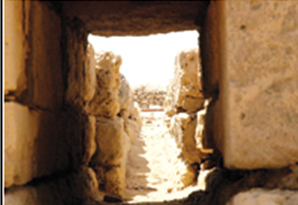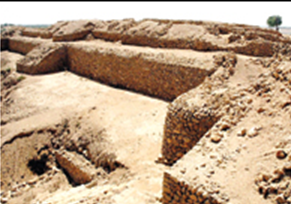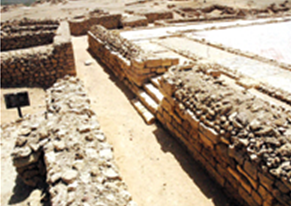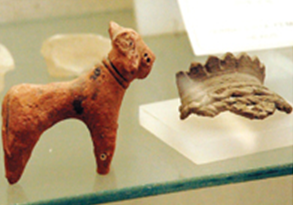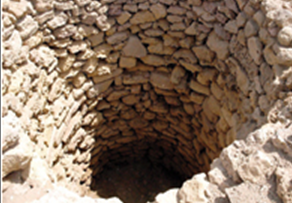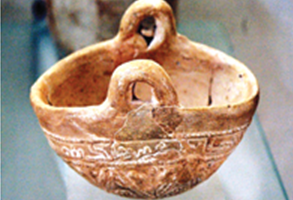Bhambhore
This is a collection of articles archived for the excellence of their content. Readers will be able to edit existing articles and post new articles directly |
The remains of Bhambhore
By Muhammad Kashif
Over a period of no less than two millenniums, hundreds of sea storms have turned the historical city of Bhambhore into a big mound of mud. Despite all that, the archaeological remains in this old city of Sindh have somewhat remained intact. This hints at the fact that Bhambhore must have been a well planned and developed piece of land where many civilisations lived and left their indelible signs.
Bhambhore, also known as the Babul Islam of Sindh, was the first city in South Asia where Islam spread after the region was conquered by the famous Arab General Mohammad Bin Qasim when he defeated Raja Dahir’s forces in 712. Historians and archaeologists believe that the city of Bhambhore is more than 2,100 years old. The remains of the first mosque in South Asia were also found here during excavations in 1958.
Due to its strategic location Sindh had always been the prime target of foreigners. Caliph Hazrat Umar (RA) had also sent his armies from Oman to attack Sindh and other areas of this region, but Arab General Mohammad Bin Qasim finally made inroads into the area and seized full control of it after capturing Debal, the famous Hindu port town of Sindh where Raja Dahir lived.
A plaque engraving the history of this city reads, “Bhambhore excavations have revealed the remains of an ancient town divided into two parts, a fortified citadel and lower part round the lake, situated on the right bank of the Gharo Creek, once a branch of Indus River.” The town must have been a port of some significance and its situation has led many a historian to identify it with Debal.
The first people who lived here in the first century were the Scytho-Parthians. Later on, the city was occupied by Hindus and Buddhists until the arrival of Muslims in the early part of the 8th century. The city remained under occupation until the 13th century when its importance diminished because of the shifting of the course of the River Indus.
The Archaeological Museum Bhambhore has for long been showcasing a variety of antiques and remains of Muslim and pre-Muslim periods collected during the digging of the historical site.
The important objects of the Muslim period are the inscriptions on the stone slabs found from the area of the grand mosque. A good number of coins, specimens of glazed, unglazed and painted pottery and objects of glass, iron and ivory were also found here. Among these, big glazed jars, specimens of white paste pottery, sgraffiato glazed pottery and Chinese porcelains and considered worth mentioning. From the pre-Muslim period, tarracotta figurines — both human and animal — fragments of stone sculptures, fine ceramic specimens, some pieces of pottery and a few inscriptions in the Proto-Nagri style of the 8th century are also interesting objects. The finely polished and smooth surface pottery of the Scytho-Parthian period is considered an important discovery by archaeologists.
See also
Banbhore, Sindh Bhambhore
